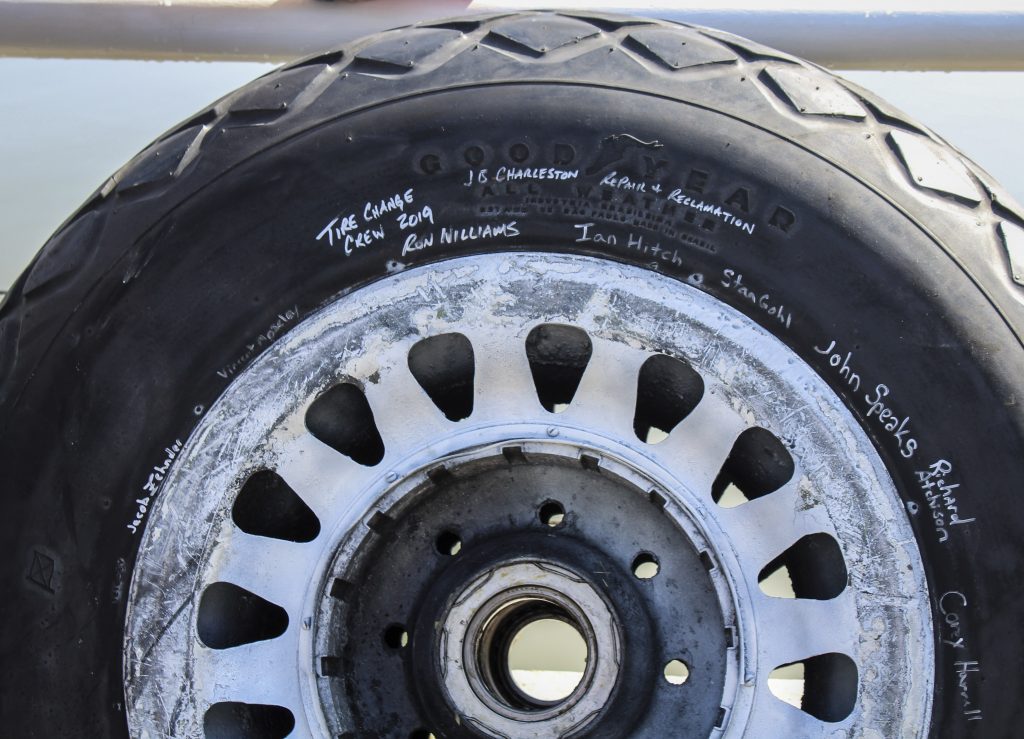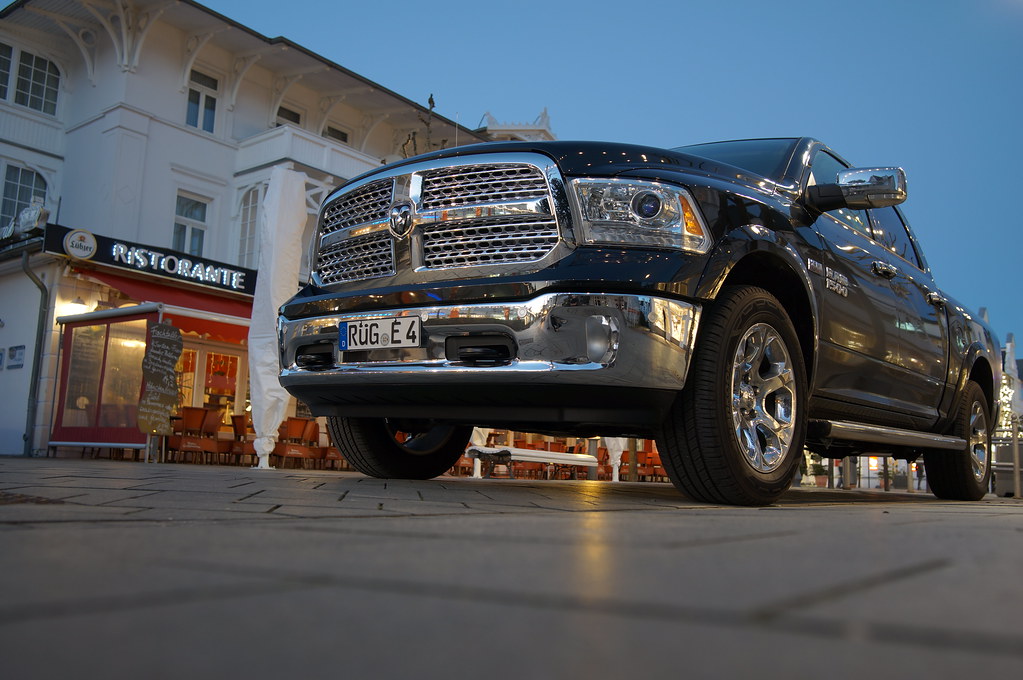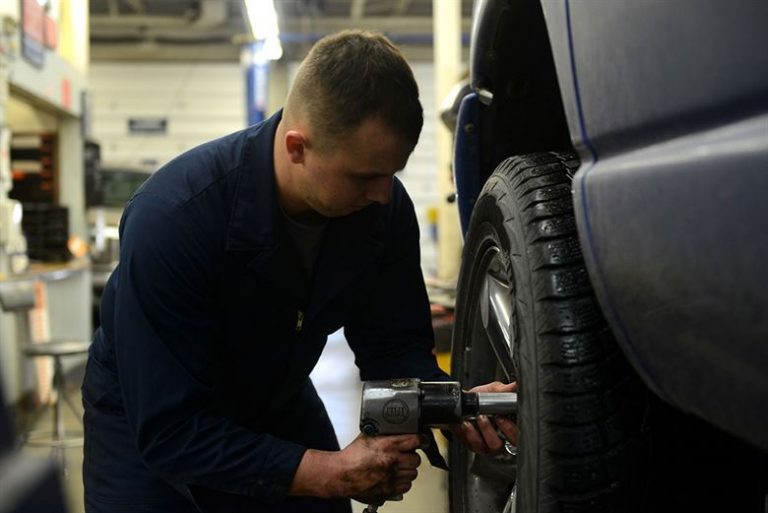Putting a wheel on a car is a common operation, but essential for passenger safety. To ensure proper assembly, each bolt must be screwed in with a specific torque amount, known as the “Torque Tightening.” We’ll go through the details below, and in the end, you’ll learn how to mount a wheel like a pro.
What Is a Torque Tightening?
A torque tightening occurs when a bolt has to be tightened with a tool.
Bolt Connections
A bolt connection consists of assembling two parts (for example, a car wheel on its hub) in such a way as to make them immobile, using one or more bolts. The assembly can be dismantled.
The bolt may consist of a screw or a stud connected to a nut.
Principle of Bolt Assembly
The assembly of two parts per bolt is based on applying a force that brings the two pieces together. In turn, this force generates frictional forces between the parts that make them immobile with each other.
Good to know: A bolt joins two parts together by the principle of adhesion by creating a force that brings the two parts together. A bolt is not designed to create an obstacle between the two parts to make them immobile.
A tension force in the bolt counteracts the force created by the bolt between the two parts.
Torque Tightening

The tension force applied in the bolt is directly related to the torque tightening applied to the nut.
The torque is a rotational force applied to an axis expressed in Newton meters (N.m).
Good to know: to get an idea of this unit of measurement, a torque of 10 N.m is approximately equivalent to a rotational force resulting from a weight of 1 kg applied to a 1-meter lever arm.
The relationship between the tension force in the bolt depends on many parameters:
– diameter of the screw or bolt;
– diameter of the nut;
– coefficient of friction at the thread;
– coefficient of friction at the nut;
– the pitch of the screw or stud.
In summary, the torque tightening is determined according to the bolt’s size and the materials of the parts to be joined.
Torque Tightening: Correct Assembly
A car wheel consists of a hub attached to the suspension and a removable rim that receives the tire.
Different Types of Wheels
The wheel hub is usually made of steel, but the rim can be made of several materials:
– sheet steel rims: inexpensive but quite heavy;
– aluminum alloy rims: lighter, more aesthetic, but also more expensive;
– magnesium alloy rims: even lighter, but very expensive, and therefore reserved for expensive cars.
On the other hand, the rim can be made integral with the hub by several assemblies:
– 4 bolts or 5 bolts.
– A single bolt consists of a hub with a large diameter central axle combined with a nut of the same diameter. Within this configuration by central axle and nut, there are 2 possibilities:
◦ the central axle and the rim are equipped with grooves that prevent rotation between the two parts: the central nut is only used to avoid the wheel from coming out by itself;
◦ the central axle is smooth: the central nut is then used to prevent the wheel from rotating on the hub.
Adequate Torque Tightening

Depending on the rim material and the fastening type, the mounting of a wheel implies different torque tightening to be applied to the nuts.
Tip: Refer to the car manufacturer’s service manual for the torque to be applied to the nuts.
However, as an indication, you can have an idea of the torque to be applied to a nut according to the bolt’s diameter.
Here are the correspondences for the most commonly used bolt sizes on a steel rim:
– 10 mm diameter bolt: about 60 N.m;
– 12 mm diameter bolt: about 80 N.m;
– 14 mm diameter bolt: about 110 N.m.
Good to know: for an aluminum alloy rim, apply approximately 20% more torque.
The case of mounting by central axle and nut is different, and this time it is essential to refer to the manufacturer’s instructions:
– if the axle is equipped with splines, the torque tightening to be applied can be around 150 N.m;
– if the shaft is smooth, the torque tightening must be higher and up to 500 N.m.
How to Mount a Wheel Yourself?
To apply the proper torque tightening to the nuts, you must equip yourself with a measuring tool.
Note: you can also bring your car to Xtreme Motor Works to have it diagnosed. They are equipped with the latest factory diagnostic materials.
The torque wrench can be used to tighten a nut to the desired torque. When the torque is reached, a click indicates that it is unnecessary to continue tightening the nut.
Good to know: a torque wrench is associated with a certain torque range. For example, a torque wrench can operate between 30 N.m and 200 N.m. Therefore, before purchasing a torque wrench, check that the torque tightening values to be observed are within the operating range of the wrench.
In the case of wheels with 4 or 5 bolts, a “crosswise” tightening sequence must be observed (i.e., alternately tighten bolts opposite to the center of the wheel), to better distribute the mechanical stresses.
In that sense, if you need to buy new tires or your car needs a wheel balancing, your wheels will need to be unmounted, then mounted again. This is where torque tightening becomes useful to ensure the safety of your wheels.
Hope this post has helped with your understanding of the basics of torque tightening. If you need car maintenance, Xtreme Motor Works is a highly recommended auto repair and maintenance shop based in Kissimmee! Should you wish to read on something more specific, remember to leave your comments below and share this post with your friends.





3 thoughts on “What Is Torque Tightening”